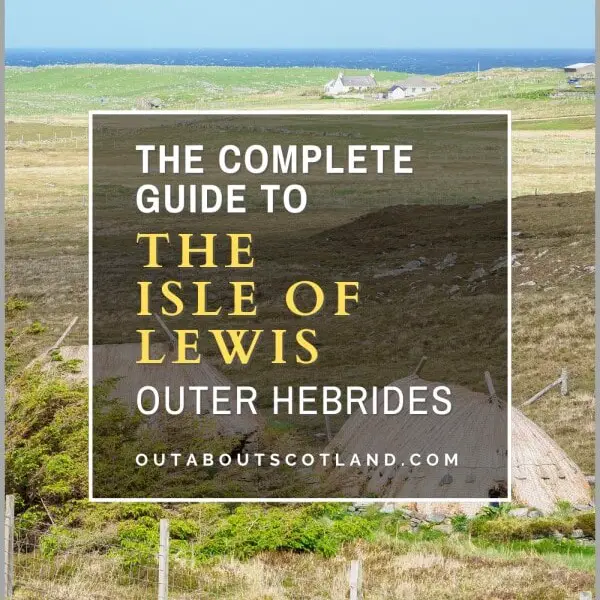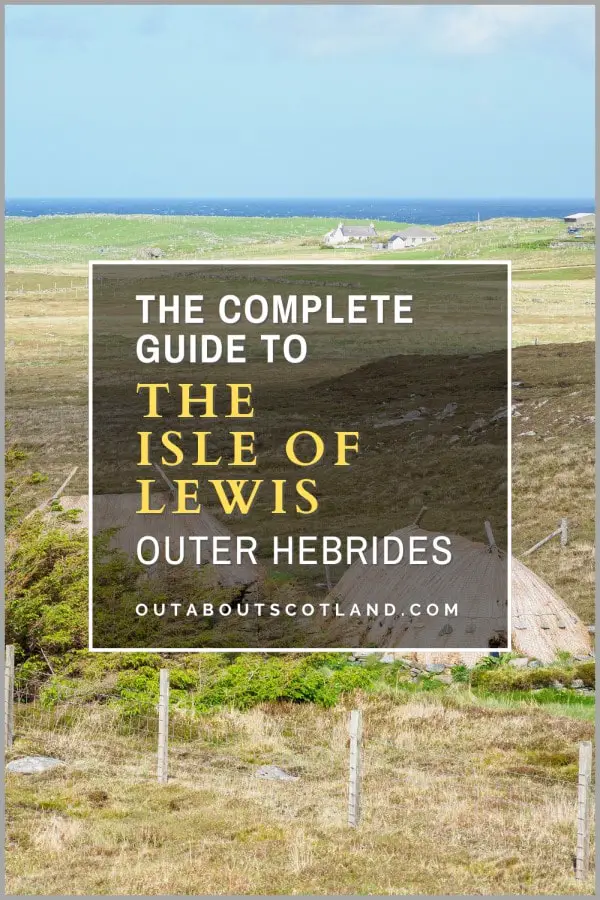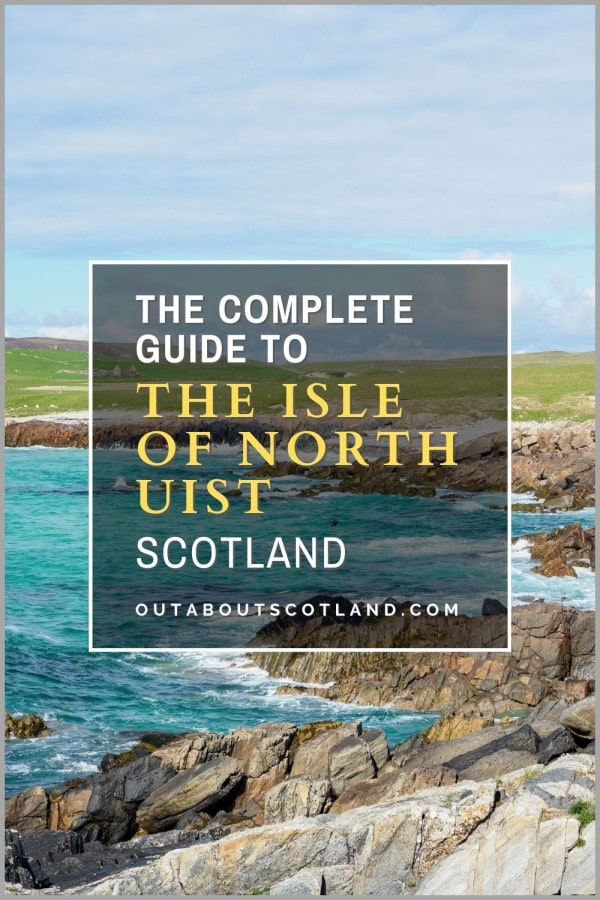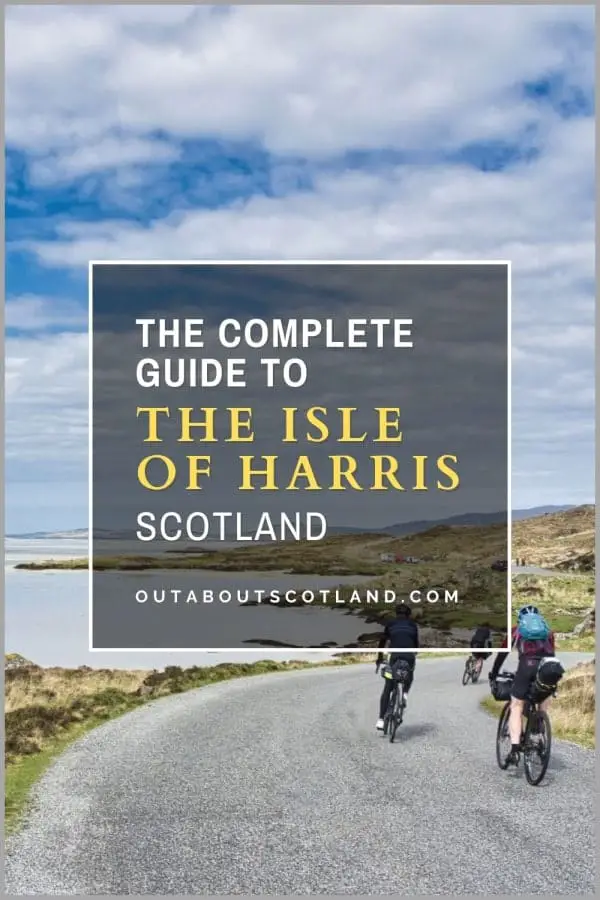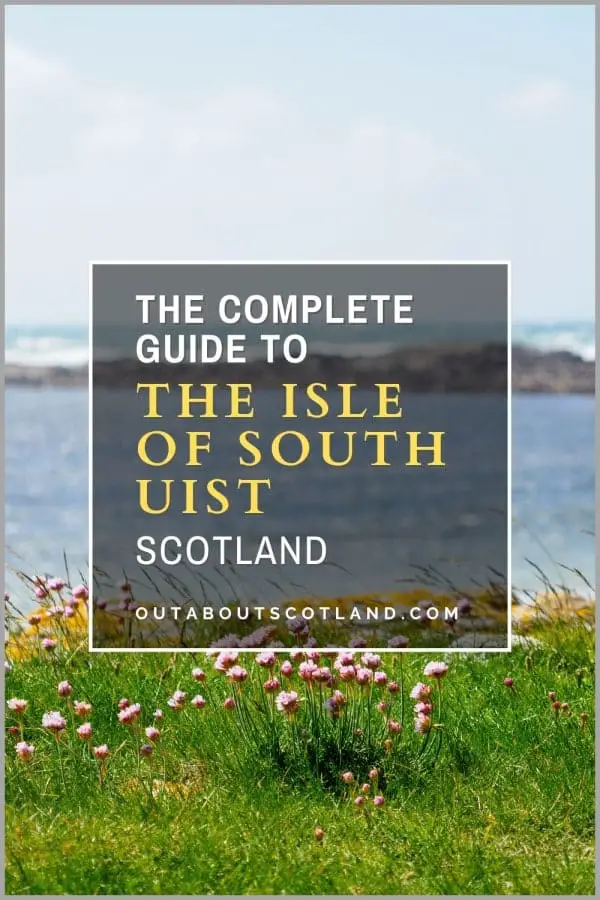The Isle of Lewis is the northern half of Harris and Lewis, the northernmost island in the Outer Hebrides. Lewis has a much flatter landscape than Harris, with a rocky coastline encircling the majority of its 683 square miles. Visitors to Lewis will find some of the best attractions in the Western Isles, including the Callanish standing stones, the town of Stornoway, the North and South Lochs, and the Gearrannan Blackhouses.
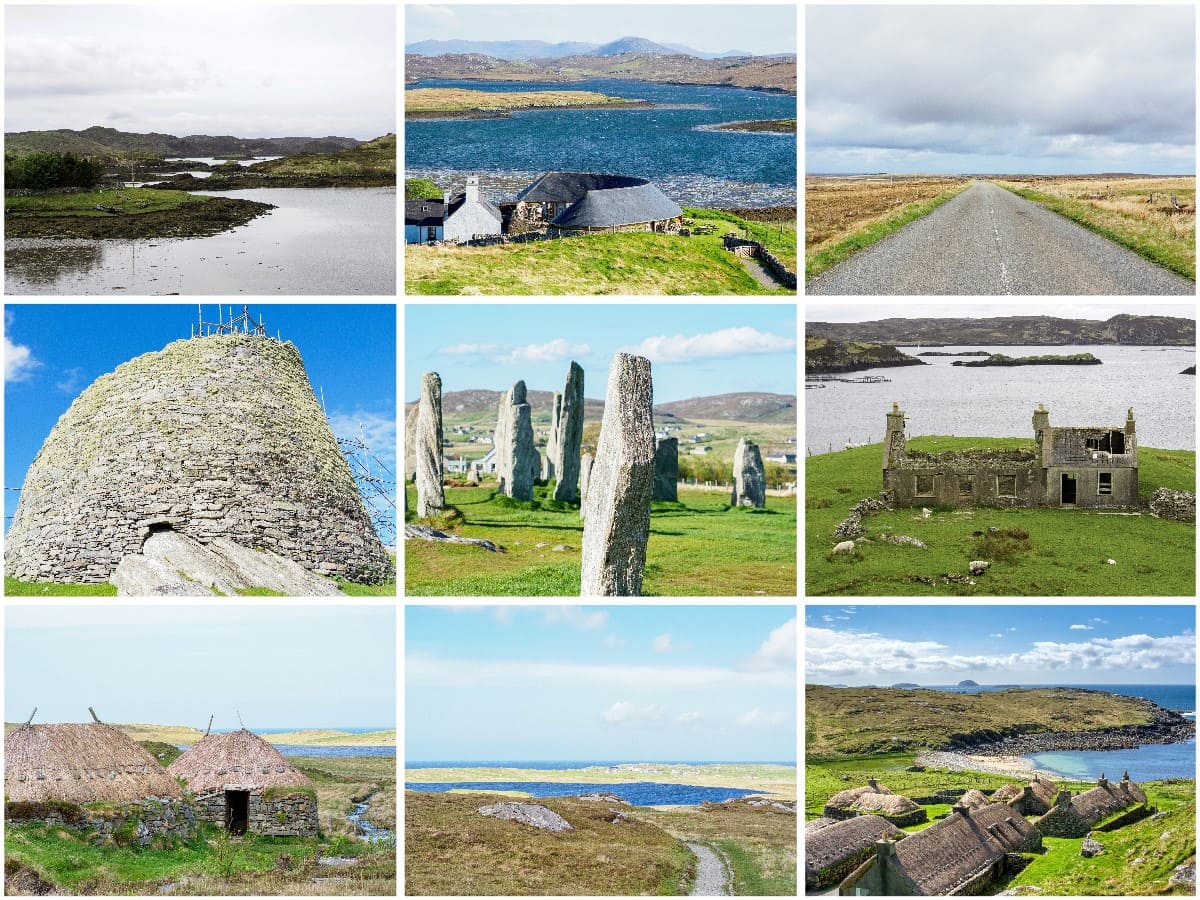
| Address: | Stornoway Ferry Terminal: HS1 2AE Lews Castle: HS2 0XS Callanish Standing Stones: HS2 9DY Gearrannan Blackhouse Village: HS2 9AL Butt of Lewis: HS2 0XH |
| Opening Hours: | The Isle of Lewis is open 24/7 365 days a year. Arrivals are dependent on Calmac sailings. Attraction times are dependent on the operator. |
| Admission Price: | Attraction entry prices are dependent on the operator. |
| Parking: | Melbost Beach Car Park: Bhraighe Road, HS2 0PA Stornoway South Beach Car Park: Stornoway, HS1 2BE Gress Car Park: HS2 0NB Eoropie Beach: HS2 0XH Dun Carloway Car Park: HS2 9AZ |
| Contact: | N/A |
| Facilities: | Stornoway: Public toilets, cafes and restaurants, supermarkets, petrol stations, shops, medical facilities, police station, gift shops, car parking, tourist information, boat tours, ferry terminal, airport, hotels and B&Bs. Attraction facilities are dependent on the operator. |
| Photos: | Virtual Tour |
Overview
The Isle of Lewis lies on the northern end of the Outer Hebrides – the 130-mile island chain situated off the west coast of Scotland. Lewis is part of Lewis and Harris, a single island that was historically considered to be two separate isles due to the almost impassable mountains that divide Harris (south) from Lewis (north).
Although this mountain range forms part of Lewis’s border, the majority of the island is flat, particularly the northern portion, which is largely low-lying moorland with numerous lochs and lochans.
The coastline is wild and rugged with scattered beaches and some truly spectacular cliffs, while the interior is open and windswept with just a few pockets of trees to break up the vast expanses of moorland. Although it appears barren at first glance, Lewis is, in fact, teeming with wildlife, and each region is home to a number of different animal species.
The mountainous southwest, for example, has several breeding pairs of golden eagles, sea eagles, and herds of red deer, while the southeast (particularly in the Pairc peninsula) is a birdwatcher’s paradise thanks to the saltwater lochs that are a haven for shoreline-feeding birds.
Elsewhere, the rocky coastline and myriad lochs provide ample opportunities for otters to hunt for shellfish and the surrounding seas play host to a multitude of marine animals including seals, dolphins, porpoises, whales and orcas.
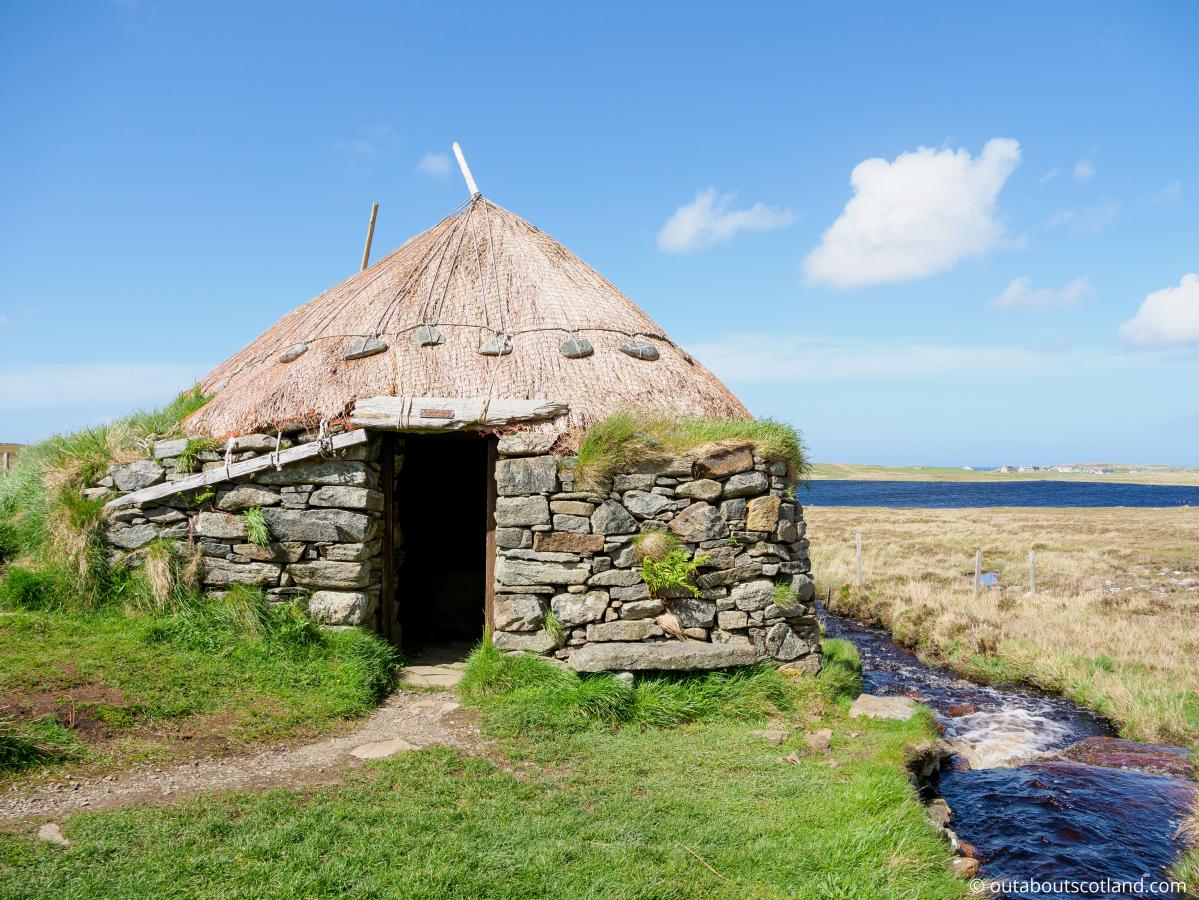
With regards to people, because Lewis is so large it has by far the largest population in the Western Isles at around 20,000 people – ten times the population of Harris. The residents of Lewis can trace their history back over 8,000 years to a time when hunter-gatherers followed herds of deer around the island, and it was these tribes who later settled permanently and built the first fortresses such as Dun Carloway and monuments like the stone circles at Calanais.
Today, many islanders live in the town of Stornoway (the largest settlement in the Outer Hebrides) with the remainder living around the coastline which provides fertile land for cattle grazing and peat cutting. The majority of Lewis’s permanent residents speak Scottish Gaelic as well as English and work either for the local authorities or in the crofting, fishing, tourism, or weaving industries.
One of the more unusual aspects of visiting Lewis is that Sunday opening hours are still observed, meaning pretty much all shops, cafes, and tourist attractions close their doors on the Sabbath, even in Stornoway. That’s not really a problem, though, as the majority of the attractions on this fascinating island are located outdoors, meaning tourists can enjoy them all day every day.
Highlights include the Butt of Lewis (the windiest place in Britain), the Calanais standing stones (one of the oldest monuments in Britain), and Uig which is famous for the stunning golden sand beach where 12th-century Viking chess pieces were found in 1831.
Visitors can also spend time exploring historic Stornoway with its attractive harbour and cafes that serve delicious fresh seafood, Tolsta and the outstanding Traigh Mhor beach, and the stunning scenery of the South Lochs.
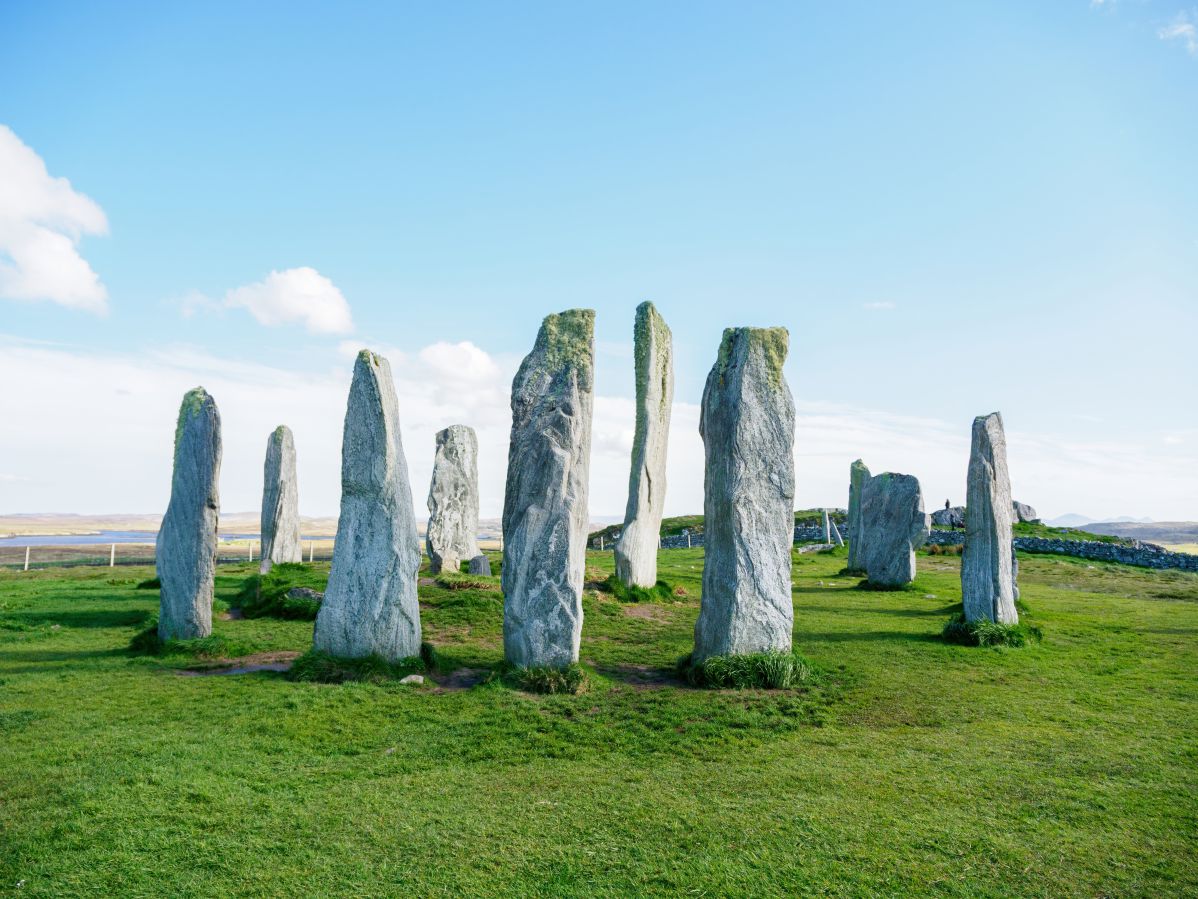
The Highlights
1: The Isle of Lewis is home to Stornoway which is by far the largest town in the Outer Hebrides. Stornoway makes a great base to explore Lewis as it has the majority of the island’s facilities including supermarkets and petrol stations. Stornoway also has a number of tourist attractions that are must-dos for all visitors, including Lews Castle, the Museum nan Eilean, Stornoway Harbour, and Braighe Beach.
2: The Callanish Standing Stones are enormous slabs of Lewisian gneiss positioned in a long corridor shaped like a cruciform. What’s most remarkable about this attraction is the fact that it’s over 5,000 years old—500 years older than Stonehenge and 2,000 years older than the Pyramids of Giza.
There’s a visitor centre at Callanish (‘Calanais’ in Gaelic) with a cafe and gift shop which are both free to enter, as is the site itself. There’s also an optional paid entry museum that explains the history of the standing stones in detail.
3: Gearrannan Blackhouse Village is one of the few places in Scotland where visitors can see a typical traditional Scottish crofting township. Blackhouses are an age-old design with low, thick walls and thatched roofs which used to give shelter to both people and animals.
At Gearrannan, visitors can book overnight stays in some of the restored blackhouses as well as learn about village life in the onsite museum. There’s also a cafe serving home-cooked food, a gift shop, and waymarked walking trails along the coastline.
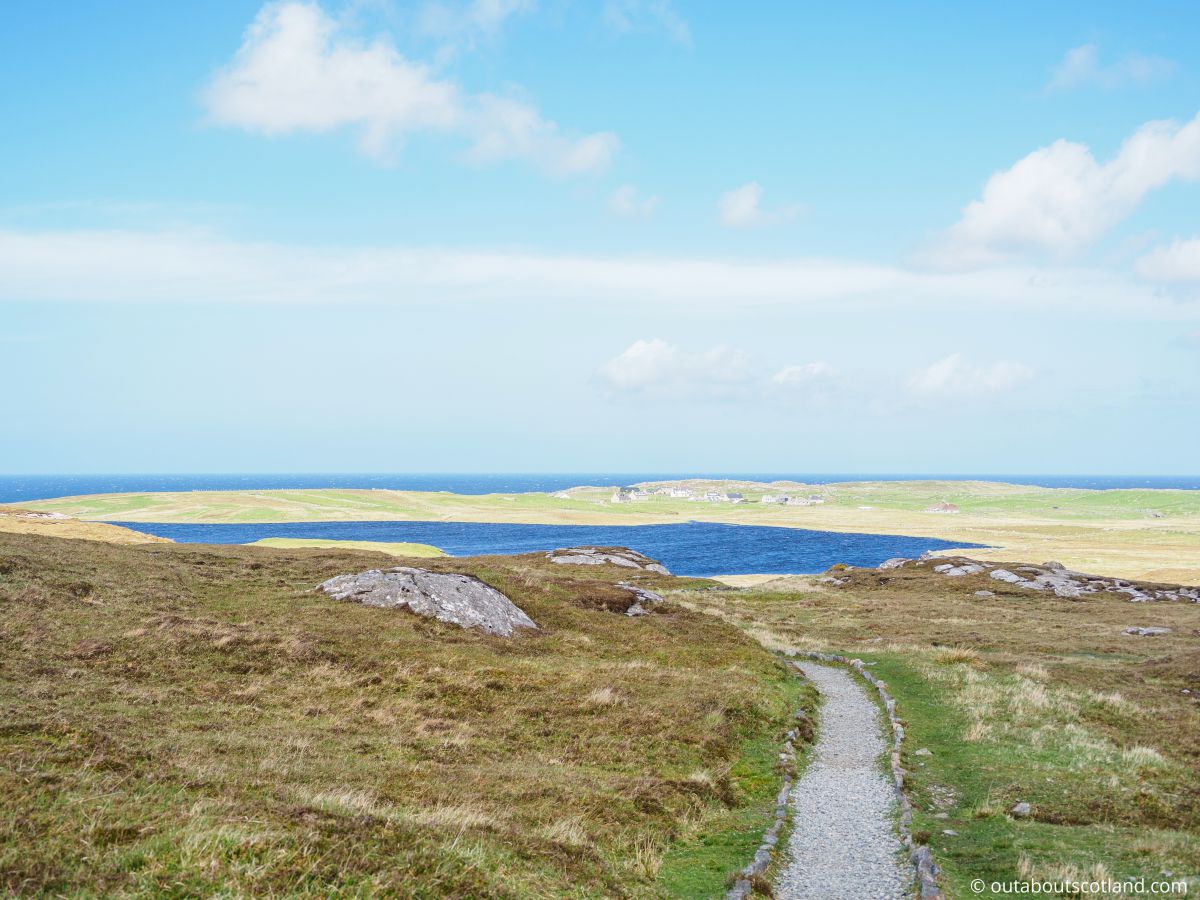
Visiting Tips
1: If you’re visiting Lewis you owe it to yourself to head straight to MacLeod Butchers in Stornoway to pick up a serving or two of original Stornoway black pudding which is widely regarded as the best black pudding in Britain.
This delicious and versatile savoury pudding can be used in all manner of dishes but it’s perhaps best served as part of a traditional Scottish fried breakfast. The Macleod Butchers shop is located between the Co-op supermarket and petrol station near the roundabout opposite Lews Castle (Address: 47 Westview Terrace, Stornoway, HS1 2HP).
2: Like most of the Western Isles, Lewis comes to a stop on Sundays and many of the tourist attractions are closed, so check online before heading out to prevent a wasted journey. Shops and supermarkets are also closed, so bear that in mind if you need food or fuel. That being said, there’s a petrol station with a wee minimarket in Stornoway,Engebret Ltd. (Address: Sandwick Rd., Stornoway, HS1 2SL), which is open till 4 pm on Sunday.
3: Because Lewis is so big, I personally recommend travelling around the island by car, but if you need public transport, you’ll find that buses provide connections to and from Stornoway Monday to Saturday. The official Lewis Council website has the most up-to-date bus timetables.
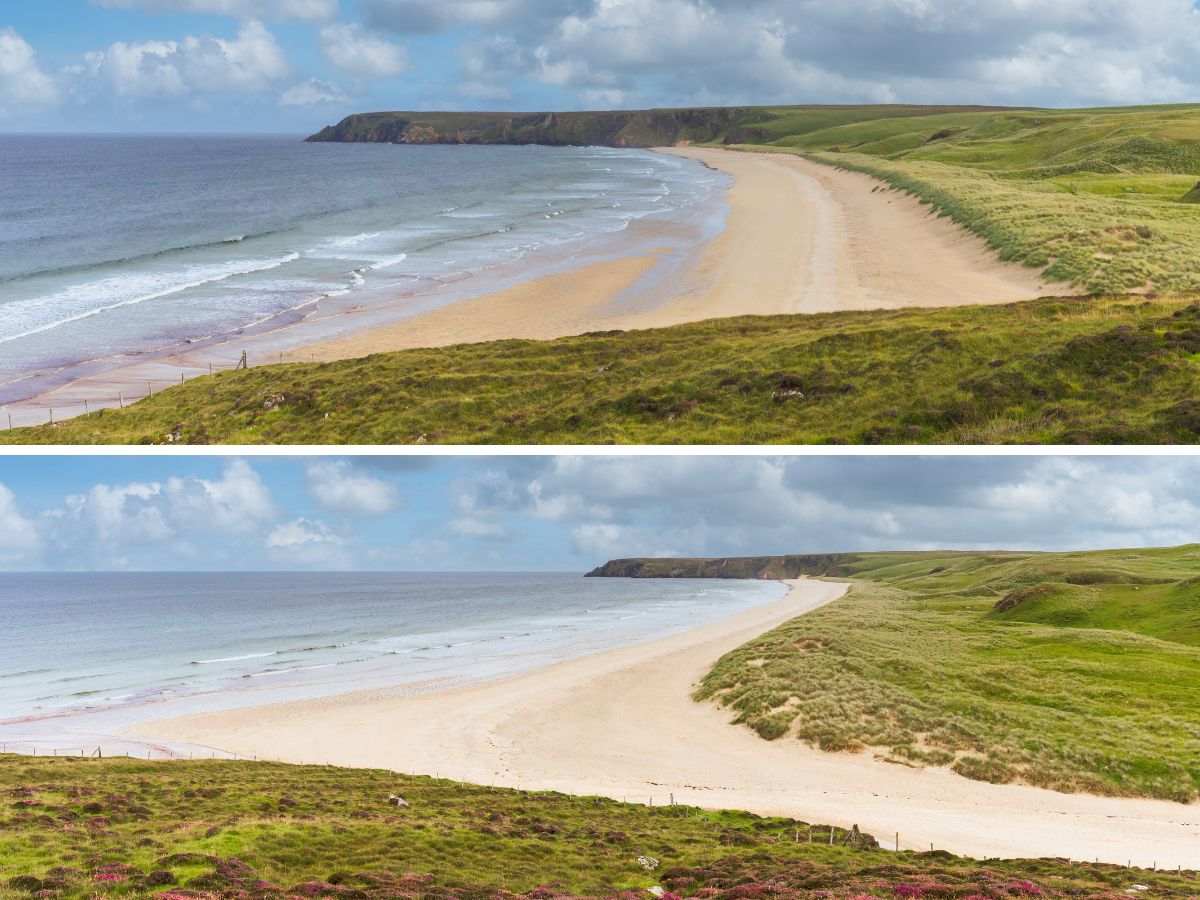
Tourist Information
For the majority of tourists, Lewis will either be the start or end point of a tour around the Outer Hebrides, especially if they’re travelling along the ever-popular Hebridean Way touring route. This 185-mile route spans 10 islands from Vatersay to Lewis and is usually completed from south to north, with the endpoint on Lewis located at the blustery Butt of Lewis.
Those visitors completing the Hebridean Way in this direction will arrive on the island via the Calmac ferry from Berneray which lands at Leverburgh on Harris. They can then follow the A859 around the coastline, past the spectacular Luskentyre beach, over the mountain range at the foot of Clisham mountain, and on into Lewis.
For those visitors heading in the opposite direction, the usual port of arrival is Stornoway harbour which has Calmac ferry links to Ullapool on the mainland. This 3-hour crossing is extremely popular in the summer, so it’s highly advisable to book as early as possible,especially for tourists with campervans. To make a reservation, go to the Calmac website.
Alternatively, there are regular flights to Stornoway with the carrier Loganair which operates scheduled departures from Glasgow, Edinburgh, and Inverness with flight times taking between 45 minutes (Inverness) to one hour (Glasgow and Edinburgh).
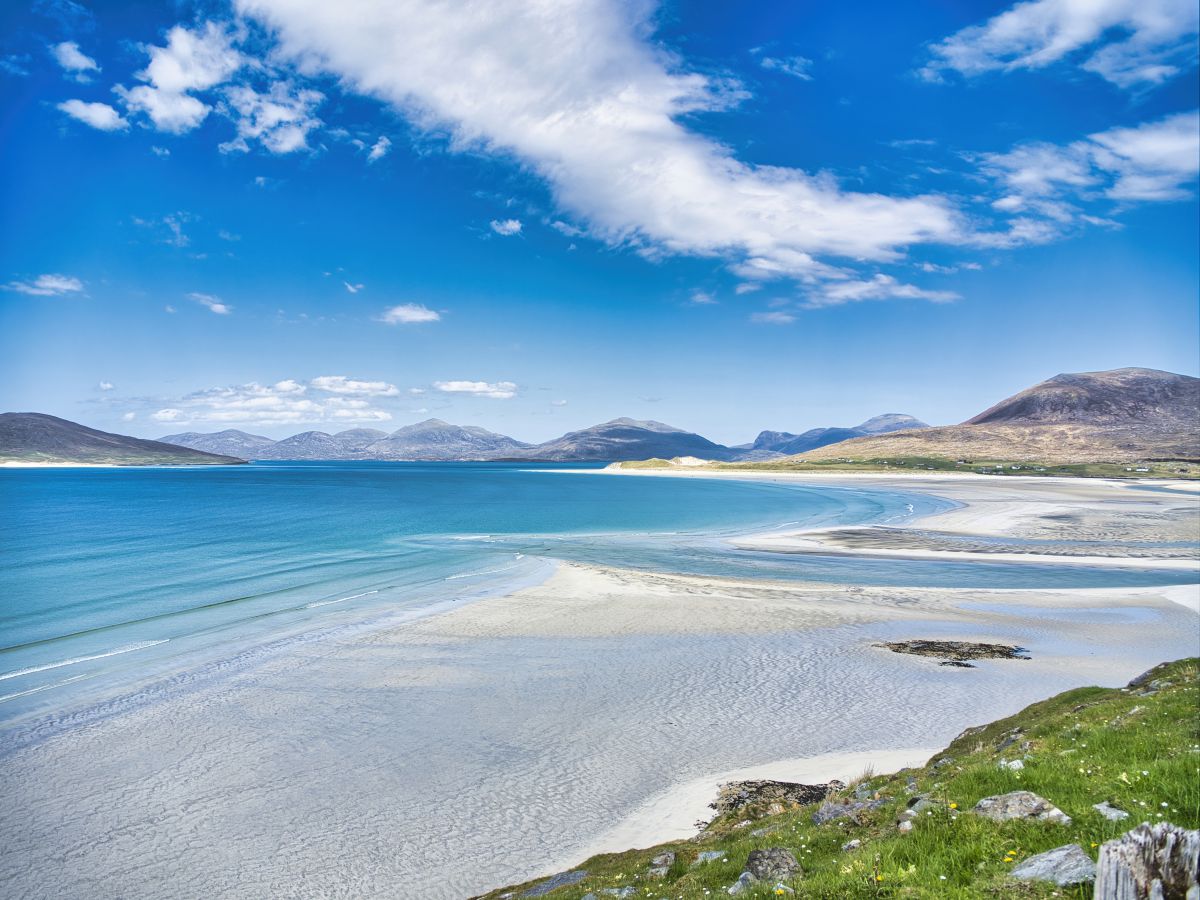
If flying is the preferred option it’s best to hire a car once on the island as it’s so big you’ll be severely limited on foot. There are several hire car companies on Lewis but I personally recommend Carhire Hebrides as they have offices both at the Isle of Lewis airport in Stornoway and in Stornoway harbour.
While you could try to rely on public transport, be warned that buses are fairly infrequent on Lewis and the areas they go to are limited. An alternative option to taking a bus is hiring a bike, and now that electric bikes are commonplace it’s possible for anyone to cycle around the entire island without breaking much of a sweat.
Having personally cycled around Lewis on several occasions, taking an electric bike is what I recommend above all other options. The roads are generally very well maintained, almost entirely flat, and reasonably wide.
Not only do you get to experience the extraordinary landscape in a way that you’ll otherwise miss in a car, but you’ll have no problems finding a space to park and you won’t have to worry about finding a petrol station.
The other option for touring Lewis is to walk, but I would suggest this should only be attempted with a good map (links to OS Maps are listed further down the page), a GPS handheld device (link to Amazon), and the official Hebridean Way walking guide.
With regards to stocking up on supplies, your best option is to head into Stornoway which has a Tesco supermarket near the harbour. There’s also a large Co-op supermarket in the town (address: 8 Macaulay Rd, Stornoway, HS1 2HU) which is excellent, but a wee bit pricier than Tesco.
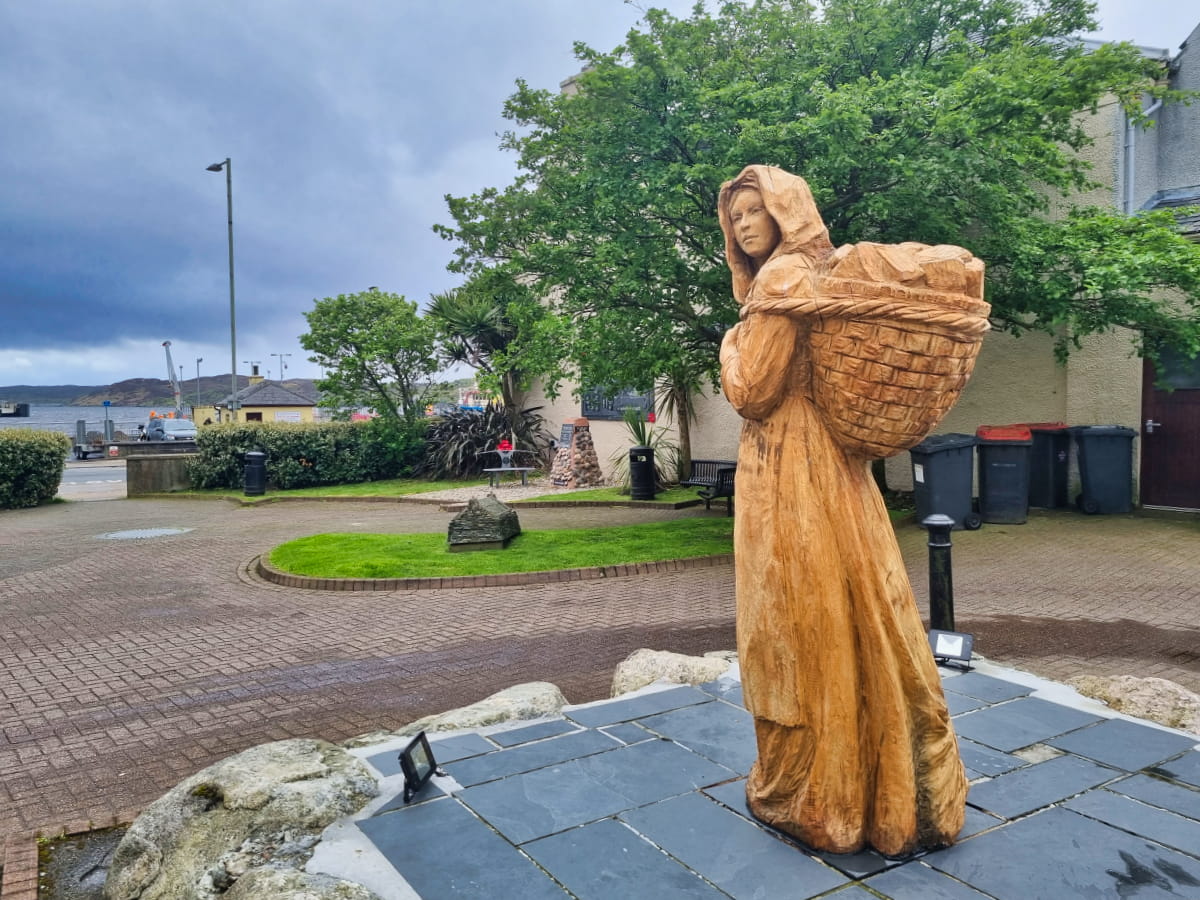
As for fuel, Stornoway is again the best option and there are two petrol stations that I recommend – the first being located on the roundabout next to the Co-op, and the second on the roundabout off the A866 near the Lewis sports centre (address: Sandwick Rd, Stornoway HS1 2SL).
The other main concern for a visit to Lewis is knowing what the weather is going to do – which is basically impossible to know as it changes in an instant thanks to the winds brought in from the Atlantic.
On average you can expect June, July and August to be the warmest months with temperatures ranging between 11-16 °C (50-60 °F) with around 100mm of rainfall per month. The worst of the weather starts in December and ends in March, when temperatures drop to 3–7 °C (37–45 °F) and the rainfall rises to over 200mm per month.
As far as accommodation goes, you’ll be pleased to know there are lots of options on Lewis, whether camping in a tent, touring in a campervan, or booking a room in a hotel. I recommend taking a look at the Travel Supermarket website to find the best deals, but if you’re searching for a campsite, you’ll find several locations in the map below, which was created by the official Visit Outer Hebrides website.
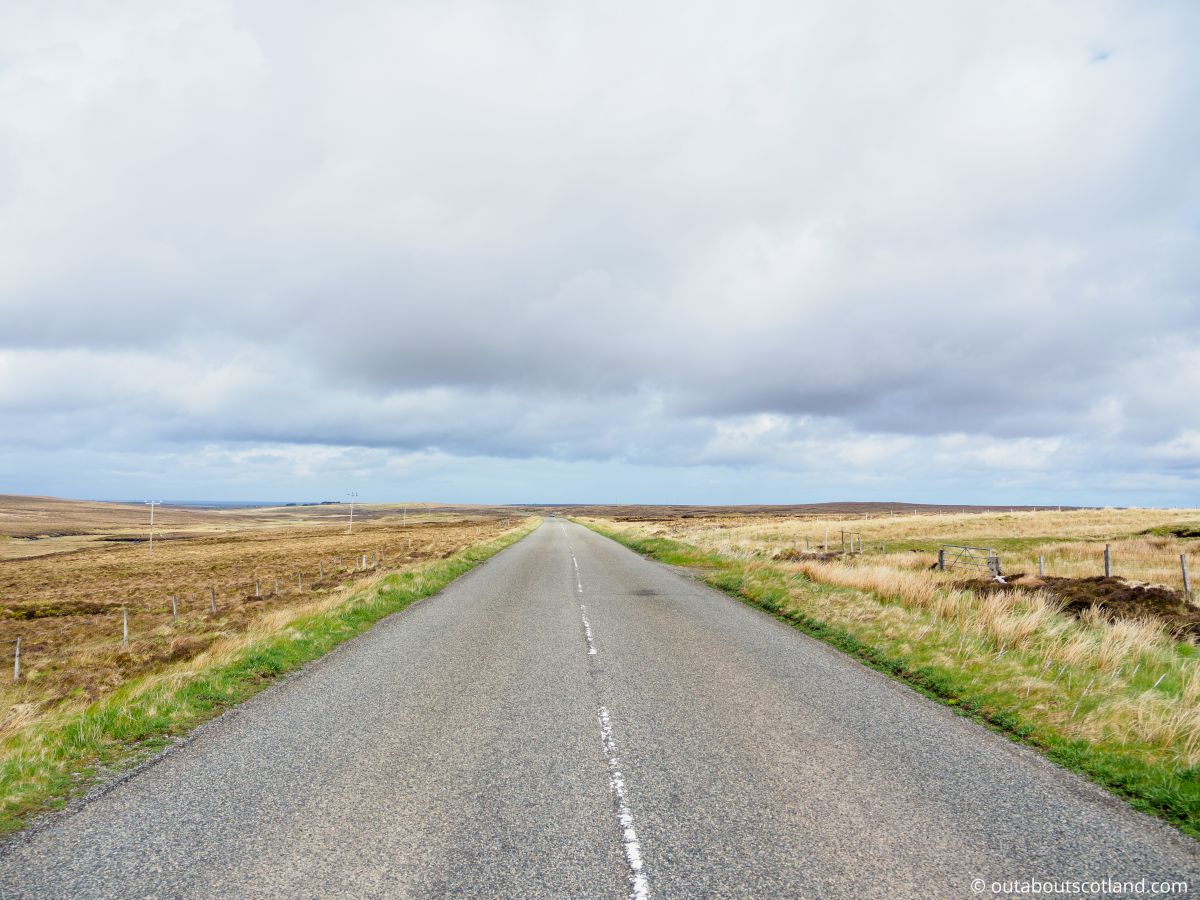
Things to Do
Explore Lews Castle: Located in the town of Stornoway, this Victorian-era castle houses a museum that showcases local history and features the Chessmen of Lewis – a Viking hoard comprised of beautifully engraved chess pieces. The beautiful castle grounds are also worth the visit.
Visit the Gearrannan Blackhouse Village: This restored village gives you a glimpse into the traditional way of life on the islands. Experience what it would have been like to live in the old blackhouses which have a design heritage thought to be at least 2,000 years old.
Wildlife Watching: The Isle of Lewis is rich in wildlife. Look out for seals, otters, eagles, and an array of seabirds. The machair (coastal grassland) is particularly colourful in summer.
Enjoy the Beaches: Lewis boasts some beautiful beaches. Uig Sands and North Tolsta Beach are among the most spectacular. Enjoy a coastal walk, have a picnic, or just relax and soak up the stunning scenery.
Visit the Callanish Standing Stones: These prehistoric stones date back at least 5,000 years and are one of the world’s most important archaeological sites. Stand in the middle of the ancient stone circle and soak up the atmosphere of this stunning part of the island.
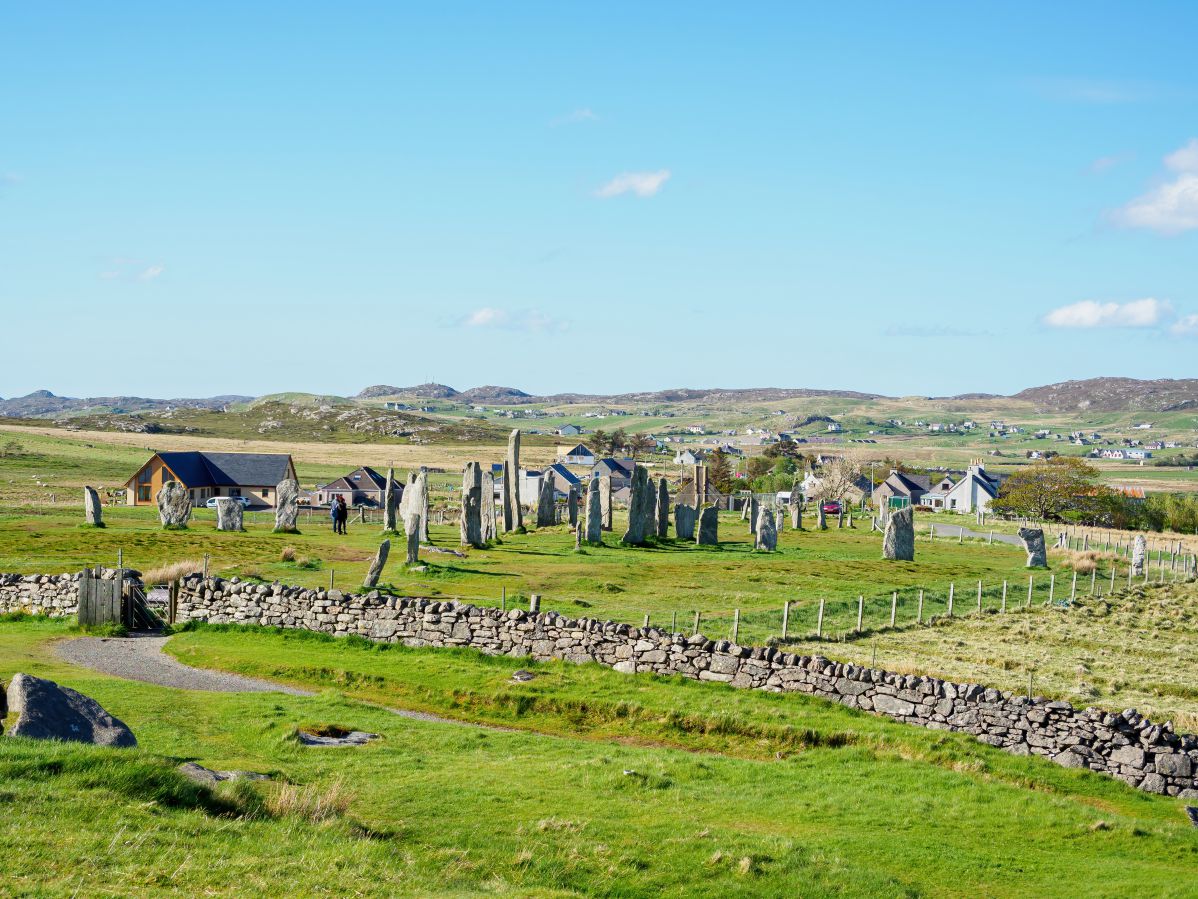
Things to Do Nearby
Gearrannan Blackhouse Village. Address: Carloway, Isle of Lewis, HS2 9AL.
Blackhouses are traditional island dwellings that gave shelter to both people and livestock. These long and low buildings are noteworthy for their thatched roofs and stone walls that are up to 6.5 feet thick at the base.
Gearrannan Blackhouse Village is one of the few sites in Scotland that has a number of fully restored blackhouses in one location. The attraction allows visitors to look inside an original blackhouse, view an information video about blackhouses in an onsite museum, and enjoy home-baked food in a cafe inside one of the blackhouses.
Callanish Standing Stones. Address: Callanish, Isle of Lewis postcode HS2 9DY. Distance: 16 miles. Also known as the Standing Stones of Calanais, this stone circle is one of the largest and oldest Neolithic stone circles in the world. The stones were erected between 2900 and 2600 BC and comprise a circle of 13 stones with a 16-foot monolith in the centre, surrounded by 5 rows of smaller stones. The attraction features a visitor centre with a museum, a cafe, and a shop. There’s also onsite parking and public toilets.
Lews Castle. Address: Castle Grounds, Stornoway, Isle of Lewis, HS2 0XS.
Lews Castle is a Victorian manor house situated close to Stornoway Harbour that features expansive landscaped gardens and a museum dedicated to island life. The museum has a number of fascinating display cabinets featuring antiquities collected from across the island, including the famous Viking-era Lewis Chessmen.
Stornoway Harbour & Town Centre. Address: Stornoway HS1 2DG. Distance: 1 mile.
Stornoway harbour is a traditional fishing harbour near Stornoway high street. Visitors can enjoy a stroll along the harbour walls while watching the boats sail in and out, and they might even catch sight of the resident harbour seals. Stornoway High Street is just a 2-minute walk away, which has a number of shops, cafes, and restaurants.
Dun Carloway Broch. Address: Isle of Lewis, HS2 9AG. Distance: 6.3 miles.
Dun Carloway is an ancient Scottish fortification (known as a broch) that was built in the 1st century AD. The broch is one of the best-preserved in Scotland and has walls up to 30 feet high.
Frequently Asked Questions
Why are Harris and Lewis separate islands?
The Isle of Harris and Lewis is one landmass, but it’s designated as two separate islands.
This is because the mountain range on North Harris meant that in the past it was difficult to travel between the north and south regions of the island, so residents classified themselves as either being from Lewis (northern half) or Harris (southern half).
Harris is further subdivided into North Harris and South Harris, with both regions divided by an isthmus around the village of Tarbert.
What is the Isle of Lewis known for?
The Isle of Lewis is known for being the largest island in the Outer Hebrides as well as having many of the most-visited tourist attractions.
Highlights are the Callanish standing stones, the Gearrannan Blackhouse Village, Stornoway, and Lews Castle.
The Isle of Lewis is also known for its diverse landscape which is predominantly marsh and moorland towards the north but is mountainous in the south.
How do you get to the Isle of Lewis?
The Isle of Lewis ferry is operated by Calmac which provides connections to the mainland via a route from Ullapool in the Scottish Highlands to Stornoway harbour.
There is also an airport in Stornoway with regular flights to Glasgow, Edinburgh, Inverness and Benbecula.
What language is spoken on Lewis?
All of the permanent residents on Lewis speak English, and approximately 60% speak both Gaelic and English. Around 70% of the population on Lewis hasan understanding of Scottish Gaelic, either in writing, reading, or speaking the language.
Gaelic is one of the oldest languages in Europe, and many of the placenames on the island have their origins in the Old Norse language.

